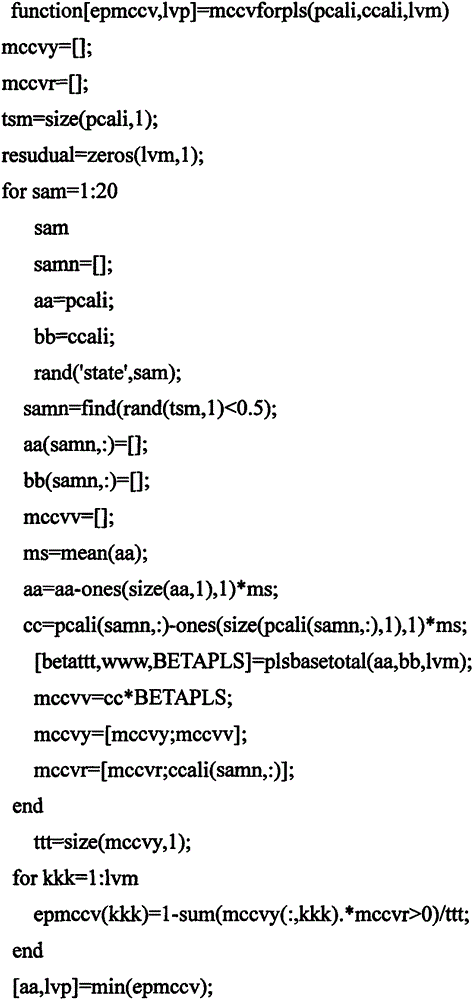Identification method for producing area of plant based on multiple detection technologies
A detection technology and technology of origin, applied in the field of authenticity identification of geographical indication products, which can solve the problem that detection data cannot represent the key information of origin traceability.
- Summary
- Abstract
- Description
- Claims
- Application Information
AI Technical Summary
Problems solved by technology
Method used
Image
Examples
Embodiment 1
[0072] A. Collect rock tea samples from different origins
[0073] The national standard (GB / T 18745-2006) stipulates the scope of geographical protection of Wuyi rock tea, that is, within the administrative division of Wuyishan City, Fujian Province, the present invention is located in Wuyi Street, Xingcun, Xingtian, Xinfeng, Wuyi Rock Tea Geographical Indication Protection Area Samples were collected in 11 administrative areas including Street Street, Chongan Street, Shangmei, Wufu, Langu, Yangzhuang, Xiamei, and Wutun, and 3 sampling points were randomly selected in each administrative area (respectively A, B, C to be marked), a total of 33 sampling points, the sampling range basically covers the main production areas, and each sampling point takes 15 samples (respectively marked with A-1, A-2...A-15), and obtained 495 samples of Wuyi rock tea in geographical indication protected areas, and other counties and cities in Fujian Province except Wuyishan City (Jianyang, Jianou,...
Embodiment 2
[0138] Adopt the modeling method identical with embodiment 1, data segmentation uses Kenstone segmentation program, uses Monte Carlo interactive verification, establishes LS-SVM, neural network ELM and partial least squares (PLSDA) discriminant model respectively, near-infrared spectrum data is not Stable isotopes and trace elements are spliced in near-infrared data according to hydrogen, oxygen, nitrogen, carbon, strontium, Cs, Cu, Ca, Rb, Sr, Ba, Mg, Mn, Ti, Cr, Co, Ni, Zn, and Cd After that, the model recognition rates were 91.3%, 83.7% and 81.2% respectively.
Embodiment 3
[0140] Adopt near-infrared identical with embodiment 1 and through the stable isotope of SVM-RFE process, trace element data, set up LS-SVM, neural network ELM and partial least squares (PLSDA) discriminant model respectively, near-infrared spectrum data is constant, Stable isotopes and trace elements are spliced into near-infrared data according to hydrogen, oxygen, nitrogen, carbon, strontium, Cs, Cu, Ca, and Rb, and the model recognition rates are 97.8%, 87.5%, and 89.3%, respectively.
PUM
 Login to View More
Login to View More Abstract
Description
Claims
Application Information
 Login to View More
Login to View More - R&D
- Intellectual Property
- Life Sciences
- Materials
- Tech Scout
- Unparalleled Data Quality
- Higher Quality Content
- 60% Fewer Hallucinations
Browse by: Latest US Patents, China's latest patents, Technical Efficacy Thesaurus, Application Domain, Technology Topic, Popular Technical Reports.
© 2025 PatSnap. All rights reserved.Legal|Privacy policy|Modern Slavery Act Transparency Statement|Sitemap|About US| Contact US: help@patsnap.com



